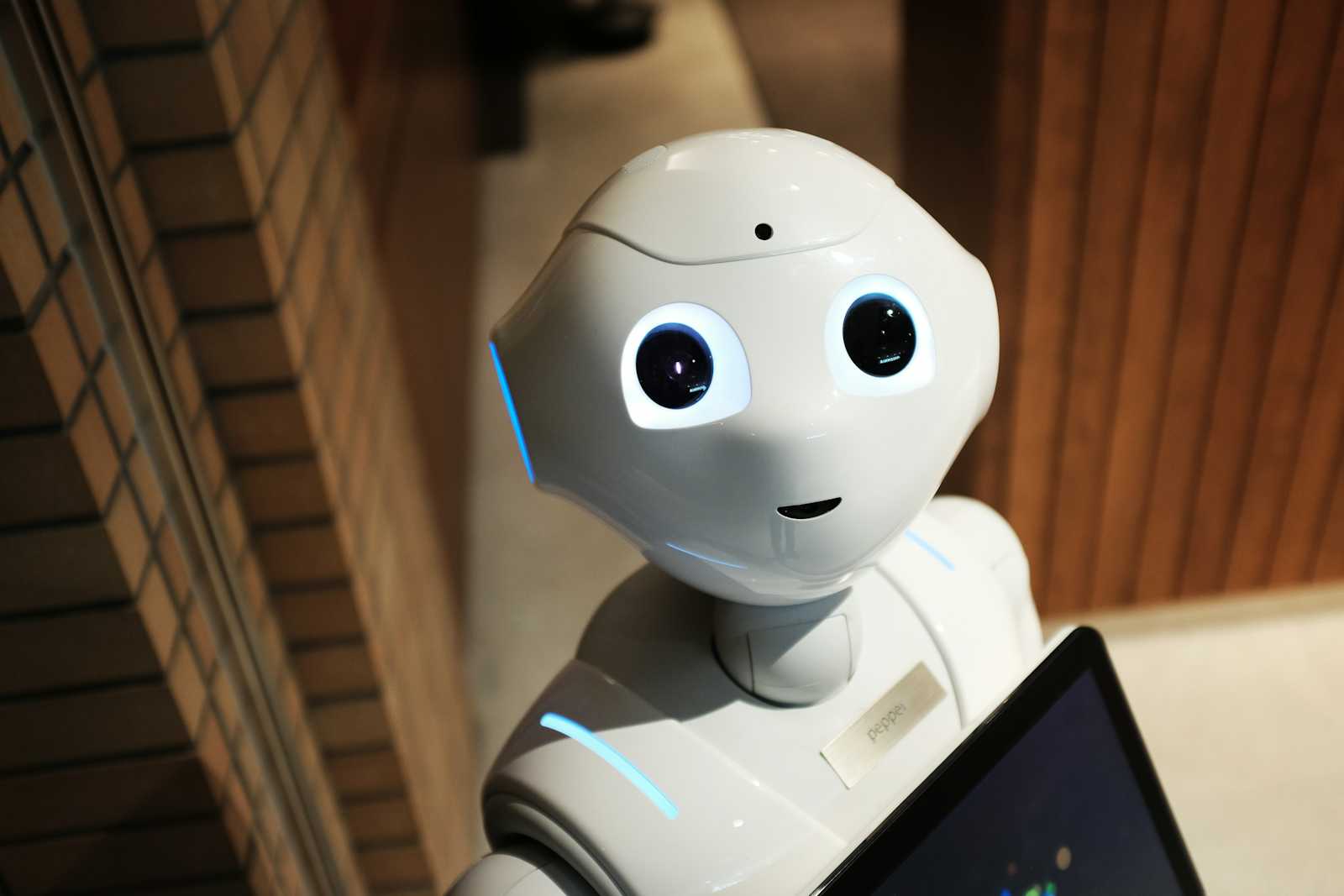Why Robots Can't Pass the "I'm Not a Robot" Test
 Priyanshu Tiwari
Priyanshu Tiwari
Ah, the infamous CAPTCHA—the digital equivalent of a bouncer checking IDs outside a club, making sure no AI bots sneak in to spam, scam, or otherwise wreak havoc. We've all been there: squinting at distorted letters, searching for microscopic traffic lights in a grid of blurry images, or dragging our mouse around like we're on a treasure hunt.
But here's the real kicker: Why can’t those sophisticated AI bots that can generate essays, diagnose diseases, and even beat humans at chess manage to pass a simple "I’m not a robot" test? Let’s break it down (with a sprinkle of humor) so even the bots can follow along.
1. What Even Is CAPTCHA?
CAPTCHA (which sounds like a cool superhero name, but really stands for "Completely Automated Public Turing test to tell Computers and Humans Apart") is the little test that websites use to separate the real humans from the digital doppelgängers—bots. Think of it as the internet’s version of "Simon Says," except with fewer dance moves and more "click the pictures of all the bicycles."
2. Distortion: CAPTCHA’s Sneaky Trick
You know how some captchas look like they’ve been dunked in a blender and then printed out? That’s intentional. These squiggly, warped letters and numbers are specifically designed to mess with bots. Humans can still piece together the puzzle because we have brains that are, well, flexible. We can look at a letter that's had a bad day and say, "Hey, that's a ‘B,’ not a toaster." AI, though? Not so much.
Bots might be able to recognize the Mona Lisa, but throw a couple of squiggly lines and some noise into the mix, and they’re as lost as a penguin in the desert. They see those distorted characters and go, "What is this sorcery?"
3. Why AI Stumbles Over Images
Next up: Image CAPTCHAs. These are the ones where you’re asked to select every square containing a bus (and you can’t help but wonder why there are so many buses in one city). For us, it’s annoying but doable. We know that even if a bus is only 5% visible in the corner, it still counts. AI, however, can get hung up on this. Bots look at that tiny bus snippet and think, "Bus? What bus? That could be anything—a taco, a pigeon, or perhaps a glitch in the matrix!"
The problem is that bots don’t have our common sense (yet). They’re like that one friend who takes things way too literally. Ask them to find a stop sign? Sure, as long as it’s front and center, completely unblurred, and not cropped by even a pixel.
4. The Human Element (a.k.a. Our Secret Sauce)
Let’s be real—humans are weird. We can see patterns in the chaos, recognize faces in clouds, and hear Yanny when it’s obviously "Laurel." AI? It’s just not there yet. Our brains can make sense of distorted letters and cluttered images because we’re drawing from real-world experience. We know what stop signs and fire hydrants look like in various shapes and forms because we’ve seen them (many times, probably while avoiding them in traffic). Bots? They’ve never even been outside.
5. AI’s Version of Street Smarts? Not Quite
The biggest hurdle for bots is that they learn but don’t truly understand. Sure, AI can be trained on tons of images and recognize patterns with impressive accuracy. But here’s the catch: CAPTCHA is constantly evolving. Just when bots think they’ve cracked the code, CAPTCHA throws in a new twist. You thought you’d seen all the bicycles, bots? Ha! Here’s one peeking out from behind a tree. Let’s see you handle that.
It's kind of like AI is playing an endless game of Whac-A-Mole. Every time they get close to figuring out the test, CAPTCHA designers smack them back into their corner with a more complex challenge.
6. CAPTCHA: The AI Trolling Mechanism
Developers who design CAPTCHA systems are like the trolls of the internet—but in a good way. They craft these tests knowing full well that bots are constantly trying to level up and sneak in. To keep ahead of the game, they add randomness, subtle differences, and traps that bots (and sometimes humans) can’t easily solve. These traps are things like:
Random object placement: Now you have to find the streetlights, but they’re weirdly half-hidden or cropped. Fun, right?
Behavioral checks: They’re watching how fast you click and how your mouse moves. Bots tend to go all robotic (go figure) with perfectly straight, fast movements. Humans, on the other hand, are wobbly and inconsistent, like that person who’s had one too many cups of coffee.
7. So, Can AI Pass CAPTCHAs?
Here’s the twist: Some bots can pass CAPTCHA—occasionally. But it’s kind of like that time your friend somehow aced a quiz they didn’t study for—it happens, but don’t count on it. CAPTCHAs are constantly being tweaked, so just when AI thinks it’s ready to dominate, the goalposts get moved. It’s a never-ending game of digital cat-and-mouse, where CAPTCHA keeps outwitting the bots (and sometimes us, too).
8. Conclusion: Why This Matters
CAPTCHA may be annoying, but it serves an important role. It keeps bots from flooding websites with spam, fake accounts, and other digital mischief. And while AI is improving, it still can’t reliably pass the "I’m not a robot" test because it lacks the one thing that makes us human: an intuitive understanding of the world, with all its weirdness and quirks.
So, the next time you’re grumbling about clicking on crosswalks or typing out distorted letters, remember this: you’ve got something the bots don’t—human intuition. That, and the ability to roll your eyes at captchas that make you question reality.
Let’s see a bot do that!
Subscribe to my newsletter
Read articles from Priyanshu Tiwari directly inside your inbox. Subscribe to the newsletter, and don't miss out.
Written by

Priyanshu Tiwari
Priyanshu Tiwari
Hi, I'm Priyanshu, a passionate developer with expertise in Java. I enjoy working on innovative projects